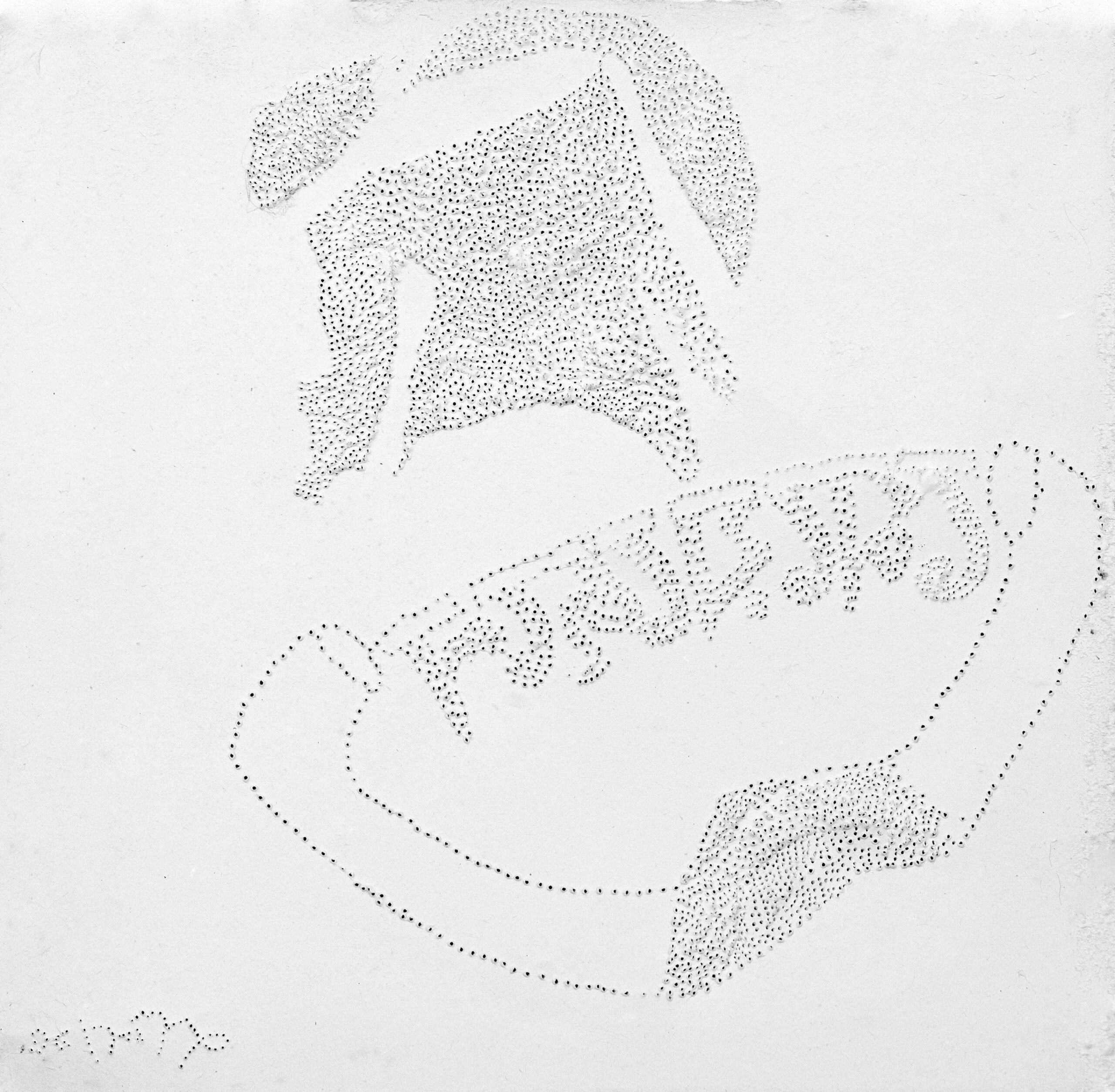9/11- A Two Dimensio nal Picture Representation of contemporaneity and art of myth-making in folk art : Bipin Balachandran “Either you are with us, or against us”- was the catchphrase of America’s so called
“Either you are with us, or against us”- was the catchphrase of America’s so called
war against terrorism after the 9/11 incident. Being a prime example of manicheanism,
it shows the nature of narratives we imbibe as part of our daily existence. I have
been wondering for quite some time about the two- dimensionality of this kind
of narratives; the Manichean duality with which they become legitimate in every
sphere of life. Then it was not surprising for me to find myself developing an ardor
for folk art traditions where everything seems to be having only two dimensions at
the first glance. It was in 2005, I chanced upon a patua painting depicting the 9/11
incident that got my attention particularly because of its content which had to offer
an illumination to my doubts about folk art. However I could not manage to get any
good quality image of the painting as I was not equipped with a capable gadget that
time. But of late, I came to know that the website of Victoria and Albert Museum
had a patua painting on the same theme by Madhu Chitrakar in their collection.
The details of the painting shown here are from the Victoria and Albert collection.
Prefacing with this patua painting this essay attempts to elucidate the process of
myth-making by which folk art elicit the necessary linguistic felicity to grapple with
contemporaneity.
It is a general concept that folk artists are typically more closely related to
craftsmen than to fine artists. As everyone knows, before the rise of the predominance
of authorship –of the artist-in the industrial and post-industrial discourse on art,
art was a collective activity. If not, it was an outcome from a shared belief system or
shared life-premises. This characteristic of art as a collective endeavour can be seen
as an eloquent demarcation between folk art and modern art. Folk art comes into
being where ‘the living reality’ of a ‘collective’ starts to engage itself in a process of
‘self-defining’. Or, it becomes a process of self-defining by living that reality. This
kind of art is generally supposed to be related to the myths, beliefs, festivals or
magico-religious practices of a society. In “The Living Traditions”, a seminal work
on this subject, K.G Subramanyan argues that folk art signifies a
level in an art-language where large number of people are involved
in creative expression and in the process, keeps their sensibilitycounts
high. But having said that,one can also point to the modern
art where, more often, the process of self-defining through creative
expression fails to acknowledge the communicative aspect of art. This
obviously presupposes the lack of a common platform, a prerequisite
for communication. If any affinity is being shared among the diverse
life-views of our time, that is not of an internal living reality but of a
rationalized external one (K.G.S). Then, its commensurability is of a
virtual-reality (in which we are) of a reciprocity which is believed to
be there in our social life. This inaugurates a world of simulacra when
the individual fails to support the society and the society, in turn, fails
to support the individual. Another dimension of the same (though in
a different context) is explicit in Derridian interpretations. Here it is
the double quality of difference which points towards the dilemma of
the subject1.

